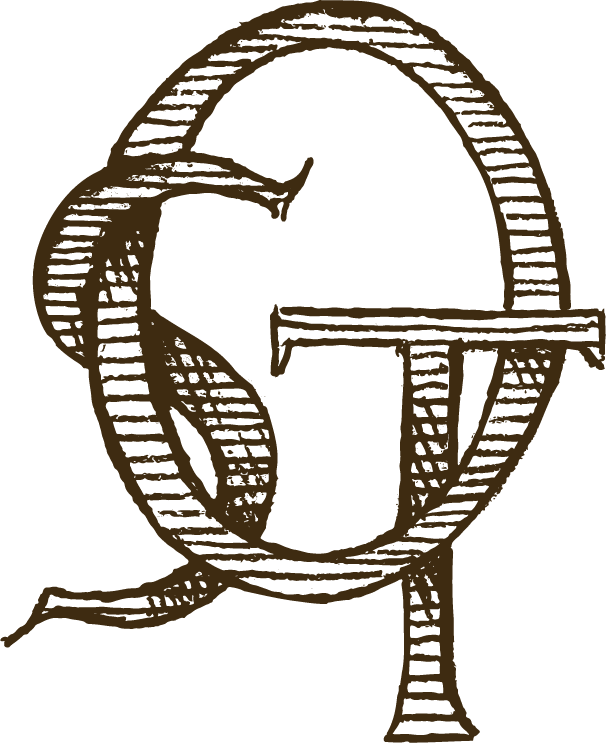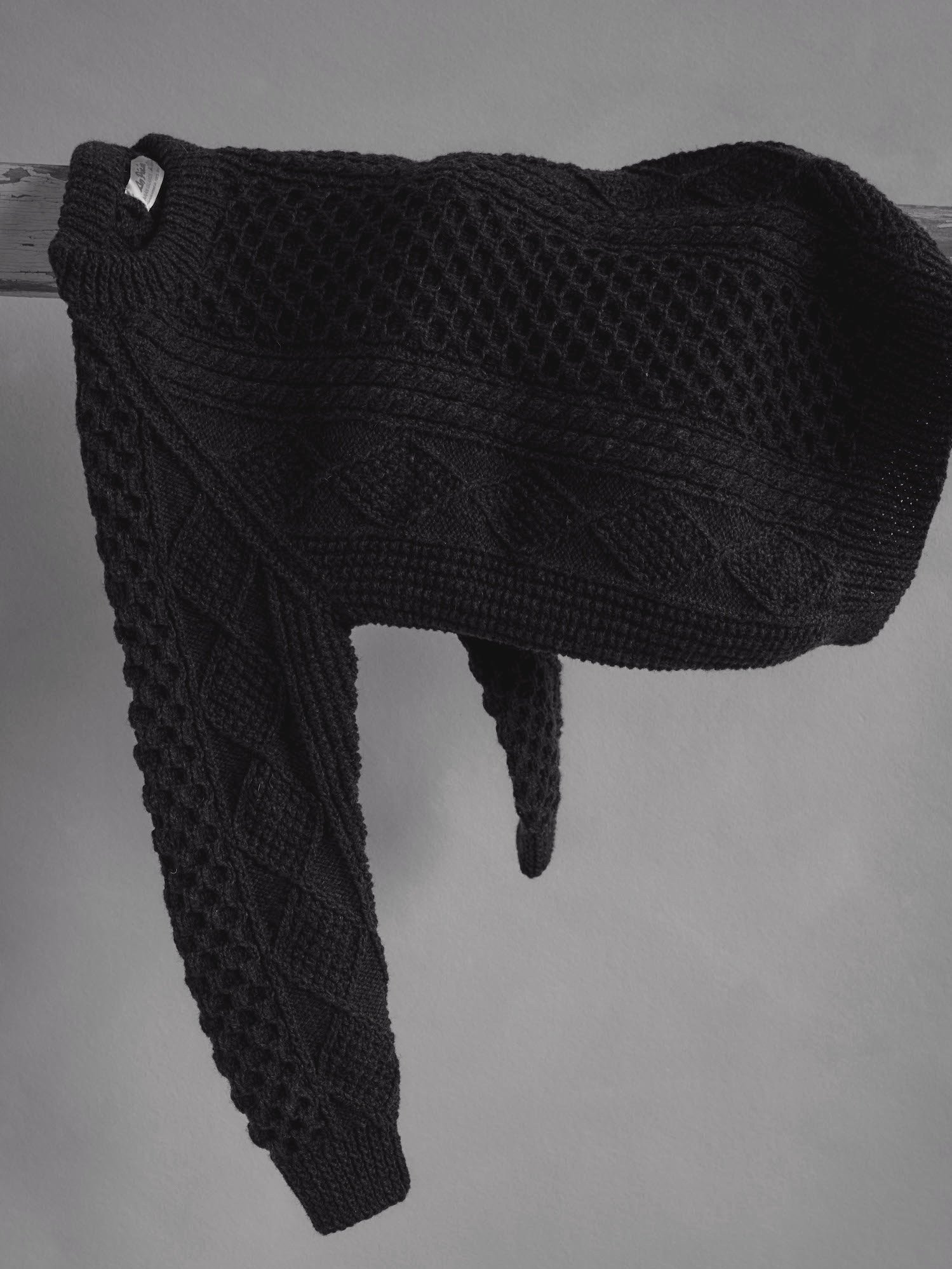Heirloom Dressing
On Aran Knits
by Rebecca Guinness
At the grand age of six months my son, Merlin was the proud owner of a drawer stuffed full of Aran knits– an assortment of cardigans, hats and pullovers, including the definitive specimen, a one-of-a-kind, hand-knitted fisherman’s sweater. Eight years later this much-loved (and mended) jumper is on its third go round and I continue my search for its equal in ever-larger sizes. It’s hardly surprising that I have leaned into the nostalgia induced by this particular garment, having grown up in the Midlands of Ireland, frequently visiting the far reaches of Donegal in the North West throughout my life. As a child I probably would have railed against the itch of these fishermen’s jerseys but decades down the line I delight at the opportunity of adorning my own children in a traditional geansaí.
Aran sweaters, named after the small group of islands off the west coast of Ireland, first appeared in the late 19th century when fishermen and their families from Scotland and other parts of the UK were relocated to the area to support the growing industry there, bringing with them their own traditions of knitted Guernseys. These designs then evolved to use the coarser lambswool available to the islanders and the patterns, imbued with meaning, have been passed down through families ever since.
“The main panel of an Aran sweater is usually one of two patterns: either the Honeycomb stitch, which represents working busy as a bee because people obviously worked very hard on the islands or the Blackberry, which is the main wild fruit of the islands,” explains Mary Frances Beatty, whose mother Frances opened the craft shop An Púcán on Inis Mór, the largest of the islands, in 1977. Other stitches include Cable knits for the fishermen’s ropes, the Diamond stitch for wealth, the ‘Tree of Life’ representing generations of family and the Moss stitch evoking the moss and seaweed on the rocks.
Sadly this distinctive style of knitting is a dwindling craft. “Unfortunately the number of knitters is declining greatly because it’s not something that’s being passed on. Our youngest knitter is 62,” laments Beatty. “It’s a very unique skill and that’s why they are so precious now. They are works of art.”



